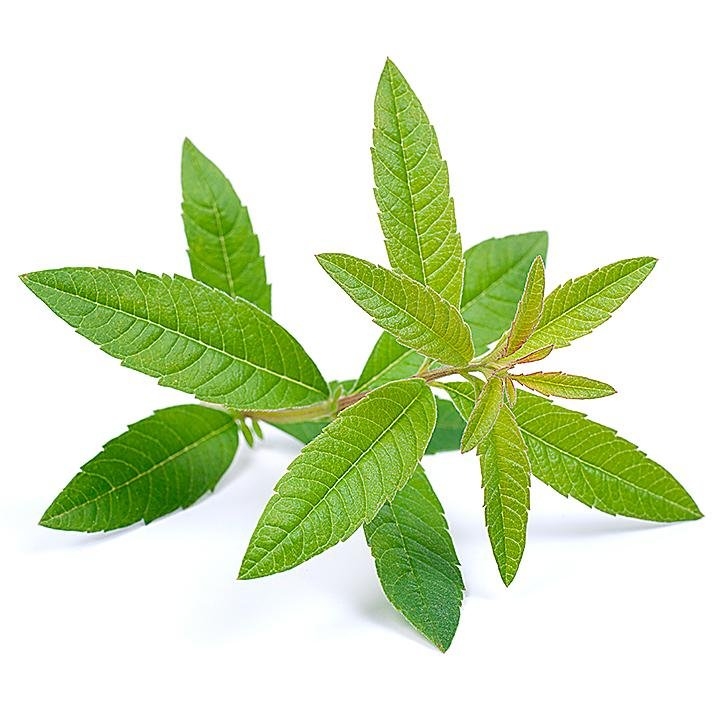Also known as cedron or Indian verbena, it is a plant of the verbenaceae family native to South America. It is cultivated in the temperate zones of Europe as an ornamental plant and for its medicinal properties. Its leaves give off, when rubbed, an intense lemony and somewhat minty fragrance. They are used in sauces, dressings and marinades to give an aromatic citrus touch.
It is a deciduous shrub up to 3 meters high. Its leaves are lanceolate, with a smooth or very finely serrated edge, light green on the upper side and the underside marked by conspicuous oil glands. The flowers are small, pink, whitish or whitish-violet grouped in lax terminal panicles. Flowering is in summer.
The whole dried leaf.
Pregnancy and lactation.
No special precautions at the recommended doses.
None have been described.
At recommended doses no side effects are expected.
-.European Medicines Agency (EMA) - Committee on Herbal Medicinal Products (HMPC). Assessment report on Aloysia citrodora Palau (syn. Aloysia triphylla (L'Hér.) Kuntze; Verbena triphylla L'Hér.; Lippia citriodora Kunth), folium. Amsterdam: EMA. Doc Ref: EMA/HMPC/376761/2019. Published: 16/8/2021.
-.J. Bruneton. Farmacognosia. Fitoquímica. Plantas Medicinales. Editorial Acribia, 2ª edición.
-.Monografía de la SEFIT (Sociedad Española de Fitoterapia).
-.Fitoterapia Aplicada. J.B.Peris, G. Stübing, B. Vanaclocha. M.I. Colegio Oficial de Farmacéuticos de Valencia.
-.Bahramsoltani R, Rostamiasrabadi P, Shahpiri Z, Marques AM, Rahimi R, Farzaei MH. Aloysia citrodora Paláu (Lemon verbena): a review of phytochemistry and pharmacology. J Ethnopharmacol. 2018; 222:34-51.
-.E. Dellacassa, A. L. Bandoni. Aloysia citriodora. Revista de Fitoterapia 2003; 3 (1): 19-25.
